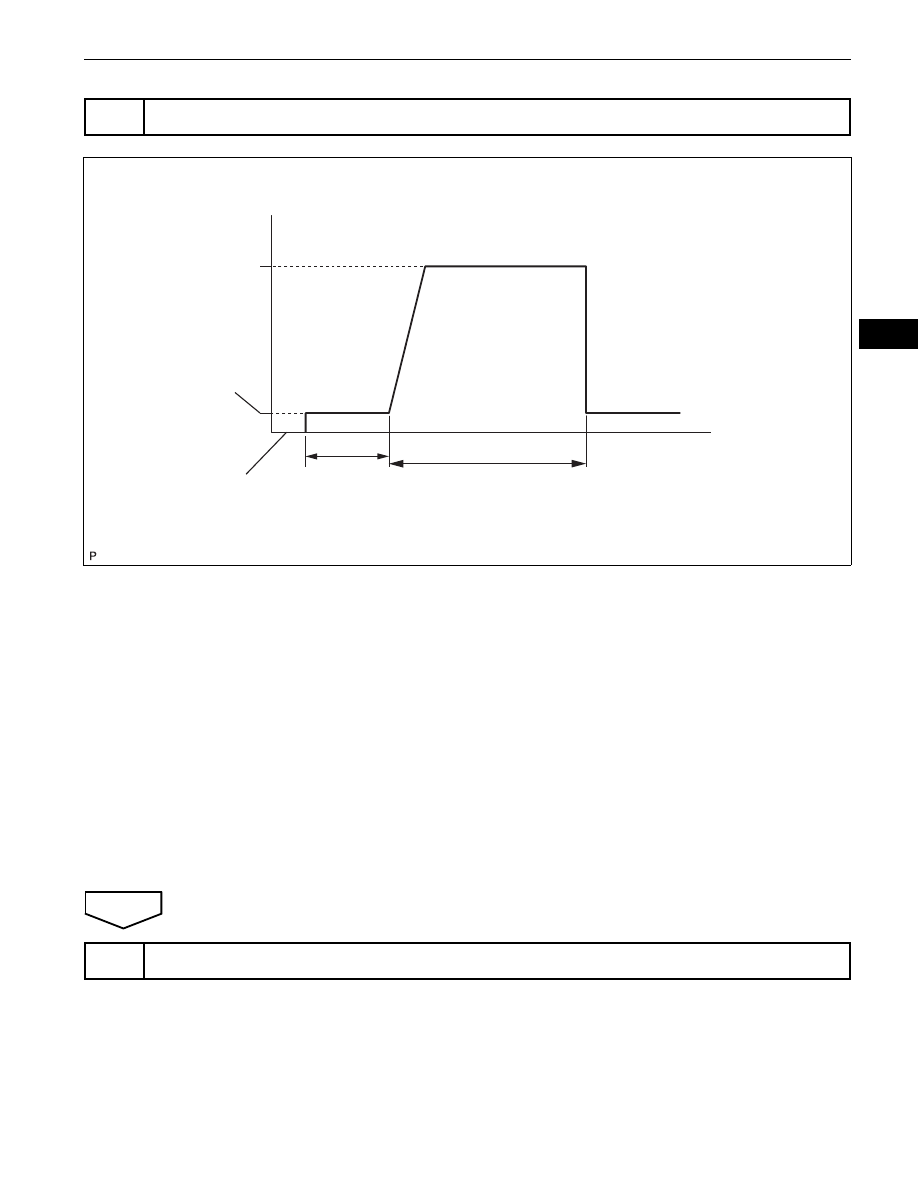Toyota FJ Cruiser (GSJ 10, 15 series). Instruction - part 53

1GR-FE ENGINE CONTROL SYSTEM – SFI SYSTEM
ES–167
ES
(a) Connect an intelligent tester to the DLC3.
(b) Turn the ignition switch ON and turn the tester ON.
(c) Clear DTCs (See page
).
(d) Switch the ECM from normal mode to check mode using
the tester (See page
(e) Start the engine and warm it up with all the accessories
switched OFF.
(f) Drive the vehicle at between 38 mph and 75 mph (60 km/h
and 120 km/h) and at an engine speed of between 1,400 rpm
and 3,200 rpm for 3 to 5 minutes.
HINT:
If the system is still malfunctioning, the MIL will be illuminated
during step (f).
NOTICE:
If the conditions in this test are not strictly followed, no
malfunction will be detected.
NEXT
(a) Connect an intelligent tester to the DLC3.
(b) Turn the ignition switch ON and turn the tester ON.
(c) Select the following menu items: DIAGNOSIS /
ENHANCED OBD II / DTC INFO / CURRENT CODES.
(d) Read DTCS.
15
PERFORM CONFIRMATION DRIVING PATTERN
Ignition Switch OFF
Idling
Between
38 and 75 mph
(60 and 120 km/h)
Vehicle Speed
(e)
(f)
Warming up
3 to 5 minutes
Time
(a), (b), (c), (d)
A115372E10
16
CHECK WHETHER DTC OUTPUT RECURS (DTC P0171, P0172, P0174 OR P0175)